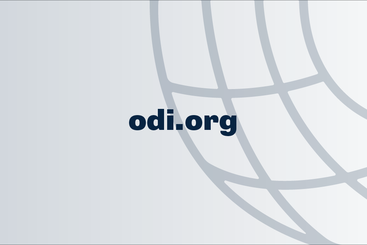This paper explores the underlying causes of dissonance between official commitments and the day-to-day delivery of education by different actors in Cox’s Bazar, Bangladesh. The paper sets its analysis against a conceptual framework that considers education system coherence and examines the alignment of the system along both horizontal and vertical axes.
Through this framework, the research finds that while there is a shared commitment and horizontal coordination among humanitarian, development, and government actors in alleviating the pressure on the host community, the humanitarian-development nexus has gradually faded from Joint Response Plans to the Rohingya Crisis. Looking along the vertical - national, state, and local - tiers of action, it appears that vertical incoherence persists in the humanitarian education sector. To some extent, this incoherence stems from insufficient inclusion of the Rohingya community and local NGOs in crucial decision-making processes. Within this context of education system incoherence, one can see that current policy focus on the rollout of the Myanmar curriculum, while broadly welcomed, is poised to fall short in improving learning outcomes due to misalignment between funding cycles, data and monitoring systems, and provider-level incentives.
-
Political economy and (in)coherence of the education system in Cox’s Bazar, Bangladesh
Read more about Political economy and (in)coherence of the education system in Cox’s Bazar, Bangladesh.




